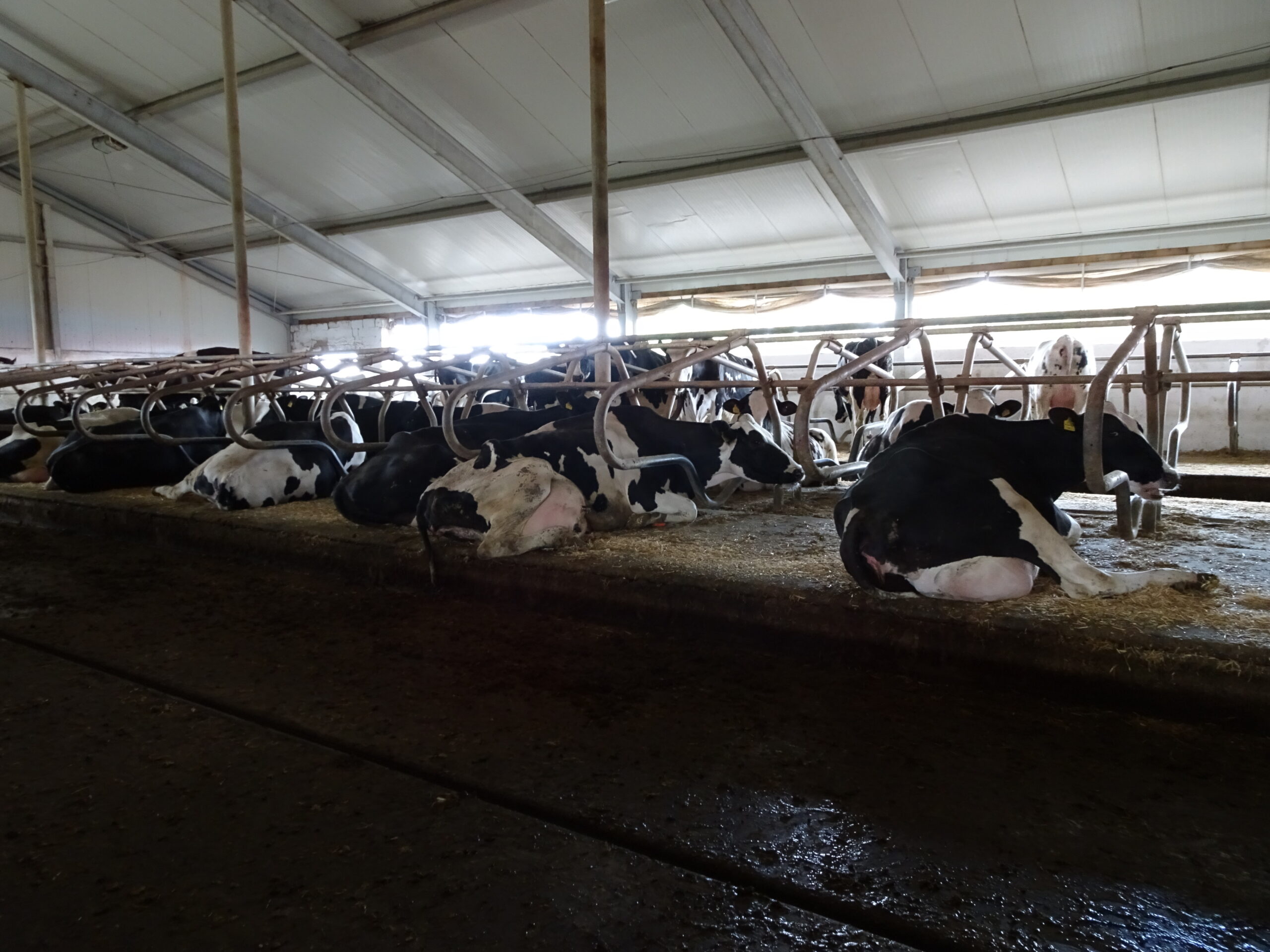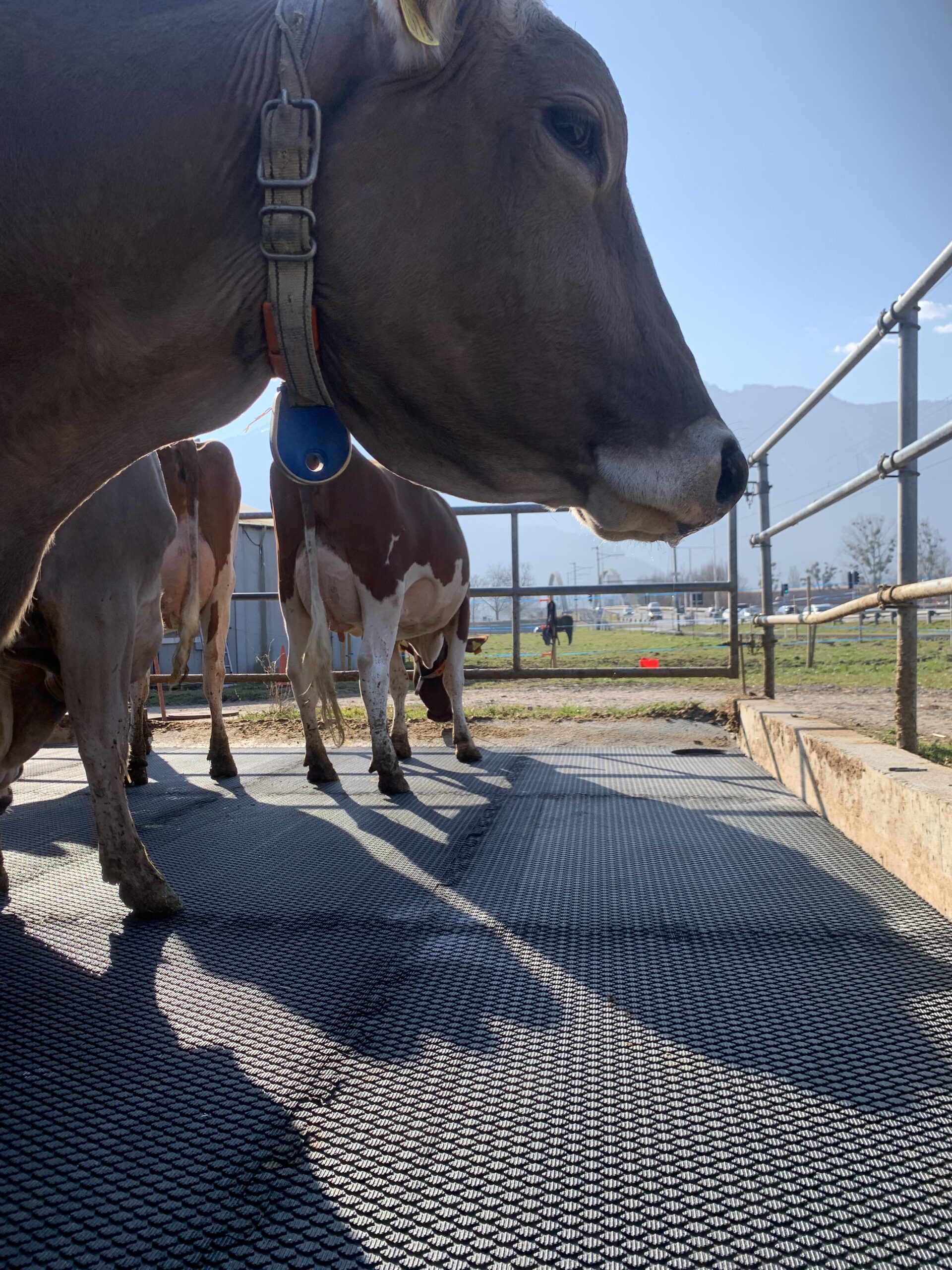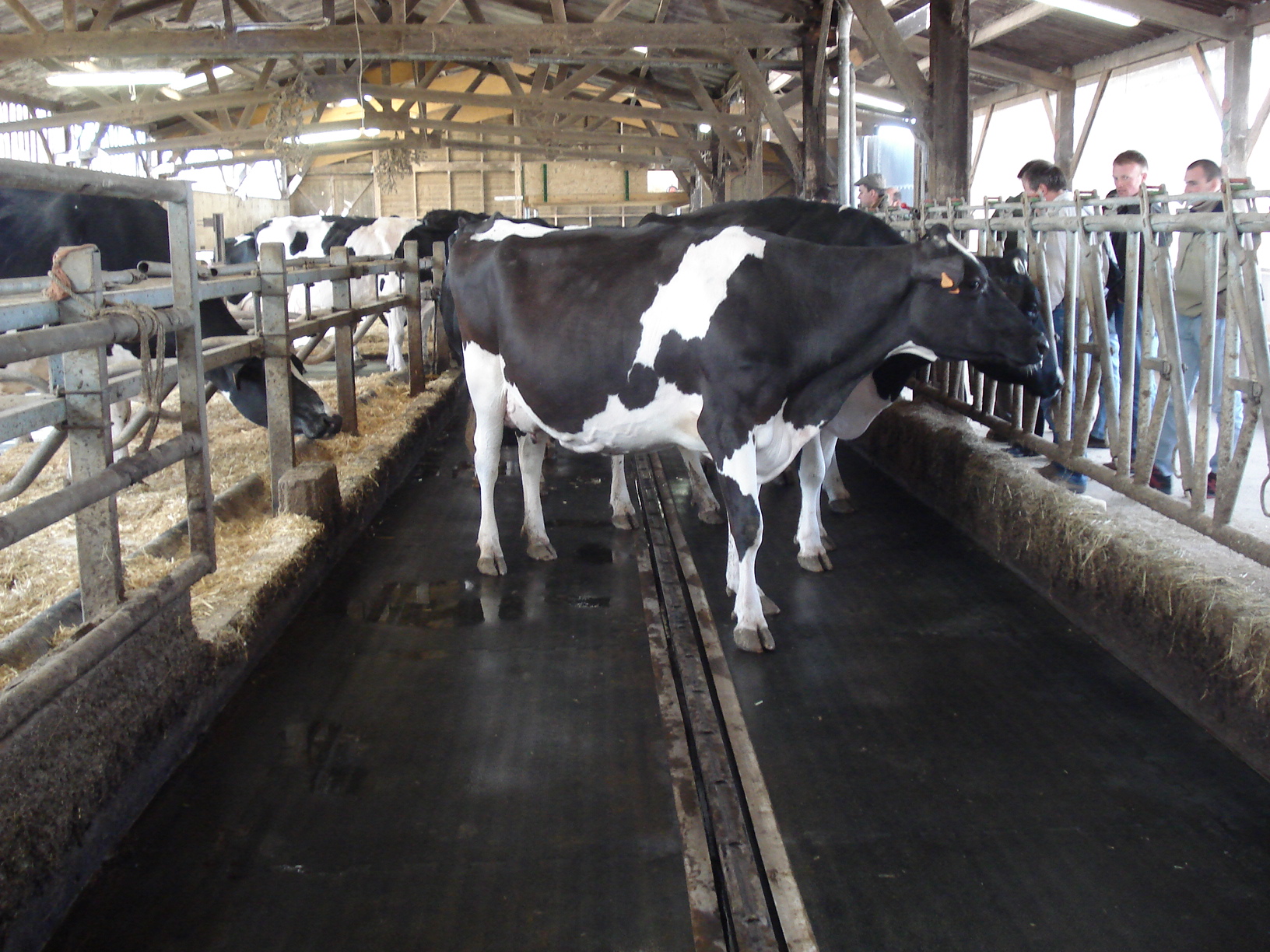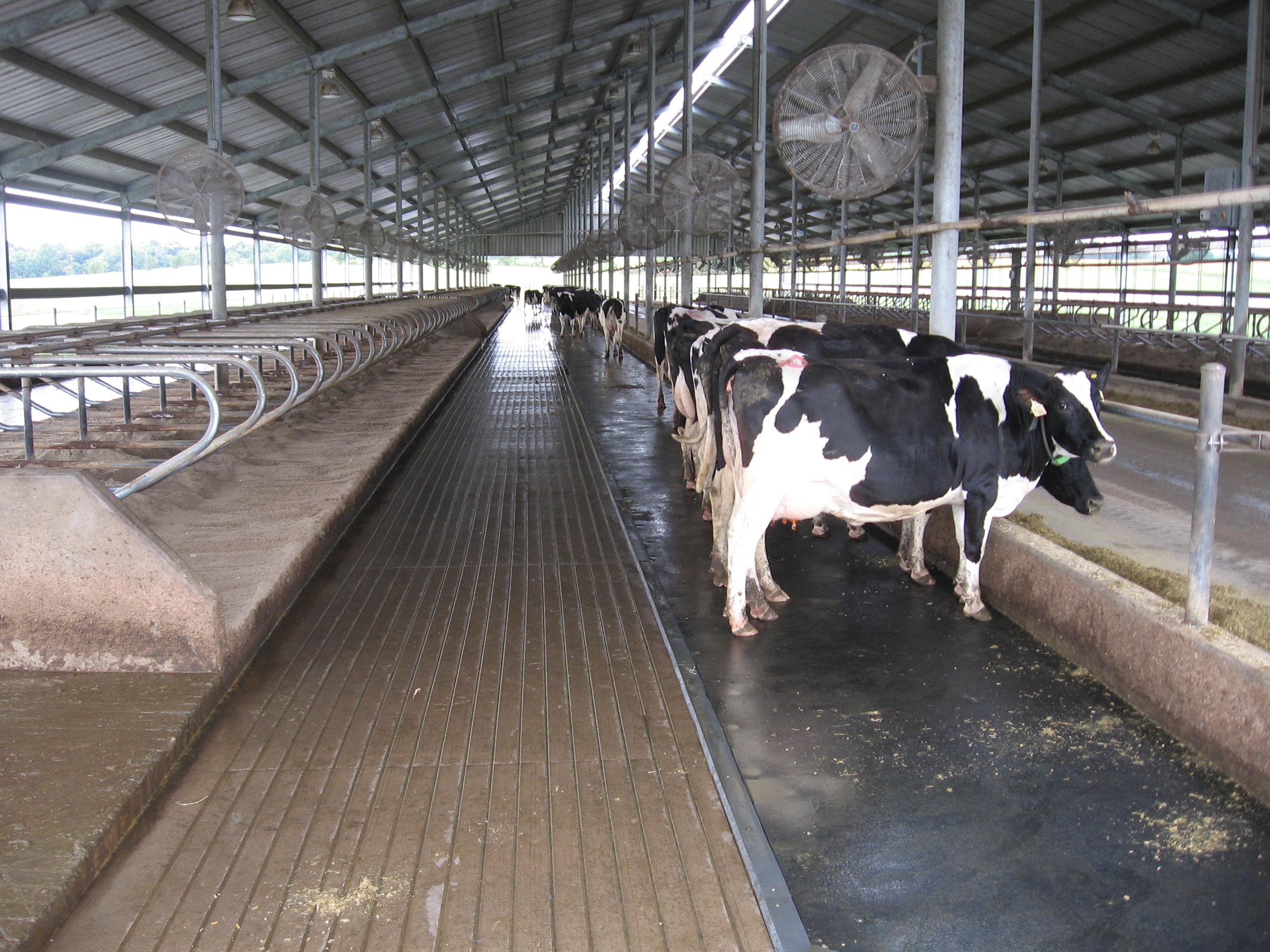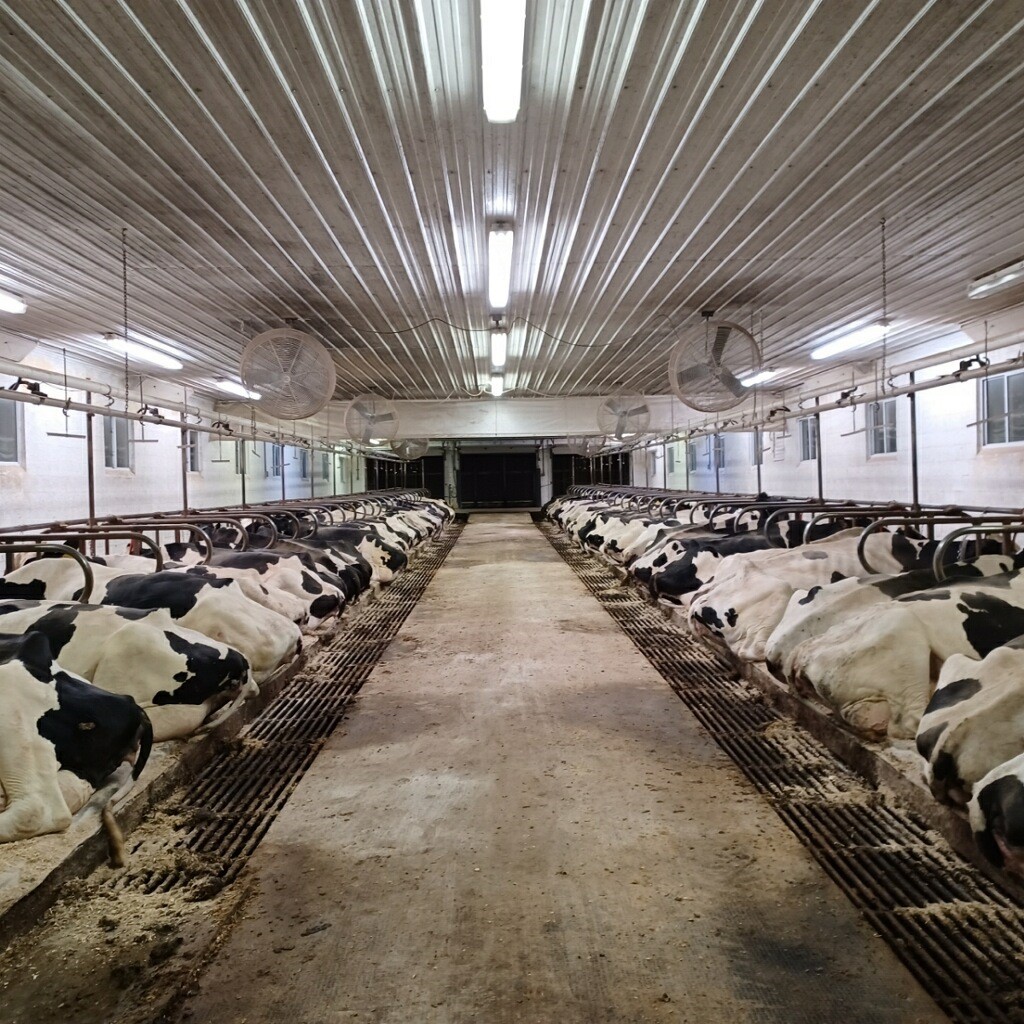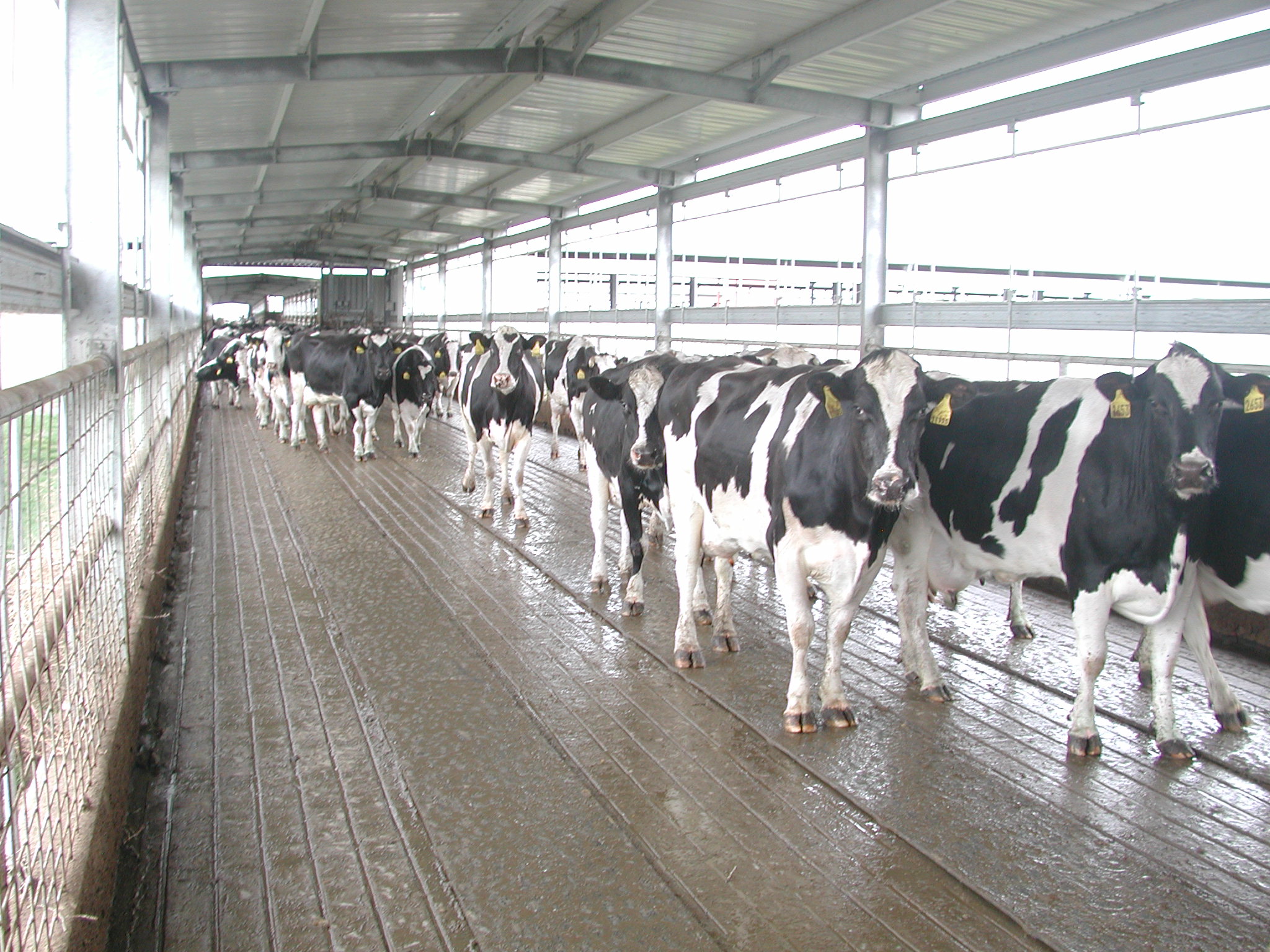Author ArchivesFrancis Couture
PennState Extension published an article stating that lame cows can be present in all types of dairy operations and can lead to a decrease in milk production, decreased reproductive performance, and an economic loss for the producer. By implementing lameness prevention strategies, the incidence and severity of lameness and the economic loss associated with lameness in dairy cattle can be reduced. Full study Industry Knowledge
Continue Reading
The Agriculture Research Institute published a review addressing the economic benefits of improved cow comfort. They noted that the dairy cow appears to have a strong behavioral need for adequate rest. Dairy cattle are highly motivated to lie down for approximately 12 hours per day. Cows with restricted lying time have greater serum cortisol and lower growth hormone concentrations, impaired hoof health and locomotion and sometimes lower milk yield. For every additional hour of resting time a cow achieves, there is a milk response of approximately 3.7 pounds. Cows will sacrifice feeding in an effort to recoup lost resting time. A clean, dry and comfortable resting place is associated with greater resting time, better health and improved productivity. Softer stalls ...
Continue Reading
The University of Alberta Department of Agricultural Food and Nutritional Science published a study that showed lameness is one of the most serious ailments facing dairy cows, and inappropriate flooring has been implicated as a cause. Use of concrete flooring has been associated with increased hoof problems. Increasing both the softness and the degree of surface friction of the floor improves cow mobility and reduces the risk of injury from falls. Softer flooring in front of feed bunks can increase the time cattle spend close to the feeder and may increase feed intake. The study compared un-grooved concrete flooring with Animat’s softer rubber flooring options which has a rough surface providing good friction. When walking on Animat, the cows walked ...
Continue Reading
Researchers from Purdue University recently evaluated whether rubber flooring in the feed lanes of freestall barns could improve production, hoof health, and locomotion. Thirty Holstein heifers were selected for the study. After calving, heifers were assigned to either concrete or rubber flooring in the feed lane area for their entire lactation. Cows housed with rubber flooring on the feed lane produced more milk fat and milk protein, as well as had a higher milk protein percentage. 50% of the cows housed on concrete were diagnosed with some type of hoof ailment (digital dermatitis, foot rot, abscess, sole ulcer, or sole separation), while only 22% of the cows housed with the rubber feed lane had an ailment. First lactation cows on ...
Continue Reading
In comfortable stalls, cows lie for 60% of the day and seldom perch or stand idly. The ideal stall has open forward space for normal rising and lying motions. It has no hazards that cause injury, pain or frustration. In addition, it provides space for all normal resting positions and allows cows to stand and lie straight. Cow and stall cleanliness are common in comfortable stalls. Cows should adapt easily, have ready access to feed, water and shade, and avoid injury in well- designed dairy housing. This document describes cow behaviour to look for when judging cow comfort in free-stall and tie-stall barns. The behaviours provide practical tests (indicators) of a housing system. Full article Industry Knowledge
Continue Reading
Housing design is vital for the maintenance of good welfare in dairy cows. Floor type and its influence on locomotion performance in dairy cattle were first suggested by Albright in 1997. Subsequently, floor features such as abrasiveness and hardness leading to insufficient friction and traction—as present in concrete floors (CF)—were suggested to negatively impact the claw health and locomotion of dairy cows. In this context, the use of cushioning floor surfaces, such as through the use of rubber flooring (RF), has been reported to improve gait properties. This includes reduced muscular activity in the hind limbs and similar stride length when compared to locomotion on pasture. Full article Industry Knowledge
Continue Reading

